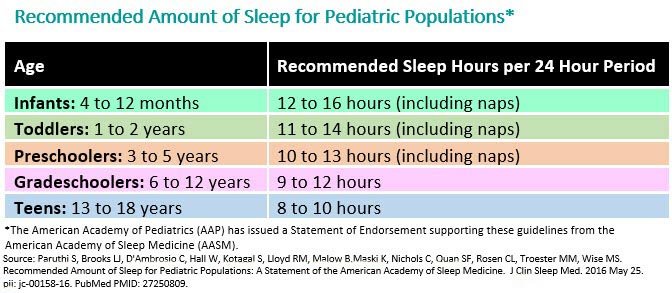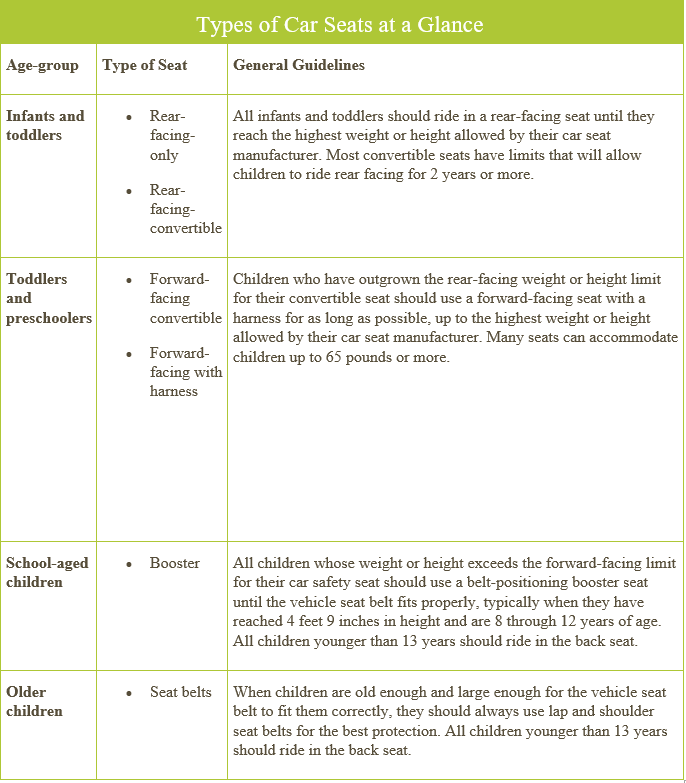Adverse Childhood Experiences and Child’s Brain Development by Dr. Patricia Avila, Pediatrician
Did you know that suffering a potentially traumatic event during childhood also known as ACE or Adverse Childhood Experience can have long lasting negative effects on a child’s health, brain development, and life potential?
Adverse Childhood Experiences can include experiencing violence, abuse, neglect, witnessing violence in the home, loosing a family member, mental health issues in a parent, substance/alcohol abuse by a parent, or instability from divorce or having a parent become incarcerated.
These events lead to what is called toxic stress. Research shows that this toxic stress negatively changes a child’s brain and body by affecting the child’s brain development, hormonal system and immune system. These changes can persist for years and can lead to long term behavioral, mental, physical health problems.
The toxic stress from ACEs on brain development can impact a child’s potential to:
- Develop normally – leading to delays in development.
- Focus and learn – leading to learning disabilities, dropping out of school, lack of future job opportunities.
- Make decisions – leading to increase risk taking behaviors such as involvement in drugs and unprotected sex, unwanted or teen pregnancy.
- Develop mental illness – leading to increase depression, anxiety, and rates of suicide.
- Form healthy, stable relationships – leading to continuing this cycle of toxic stress in their children and families.
Research also shows that toxic stress from Adverse Childhood Experiences negatively affects a child’s body and can lead to chronic health problems like:
- Obesity.
- Cancer.
- Heart disease.
- Autoimmune problems.
- Asthma and chronic lung disease.
- Headaches.
- Early death from general poor health.
The more of these events a child has suffered, the higher the risk of developing these long-term problems.
The GOOD NEWS is that we can do something about this! Research also shows that we can PREVENT and UNDO the harm done and the future harm on a child’s brain and body. There are some simple things that parents/caregivers can do at home to help regulate a child’s stress response and change the negative impacts of the stress hormones to keep them healthy and on track with brain development.
These include providing our children with:
1. Supportive and nurturing relationships.
a. Tell them and show them how loved, special, and important they are.
b. Spend quality time doing activities that they enjoy. Simple activities like making art, dancing, cooking, playing games, reading, and singing together are excellent choices.
c. Keep connections outside the home with friends and family members.
2. Regular physical activity. Recommendation for 1 hour of physical activity which does not have to be all at the same time. These can include sports, dance parties, hula hooping contests, hiking, playing tag, chasing the family dog, or anything you can think of to get your child physically active.
3. Healthy meals.
a. Avoid high sugar foods/drinks. Avoid high fat foods or foods/snacks high in carbohydrates.
b. Include fruits and vegetables with every meal. 5-9 servings of fruits/veggies per day are recommended. Fruits and veggies provide nutrients that no other foods can provide.
c. Include foods rich in healthy Omega 3 fatty acids such as fish, nuts, avocados, flax seeds.
4. Restful sleep.
a. Keep a routine with a regular bedtime.
b. Make sure the bedroom is quiet, calm and free of distractions.
c. Avoid all electronics including cell phone, tablet, computer, and TV 1-2 hours prior to bedtime.
5. Getting mental health care for yourself as parent/caregiver and for your child.
6. Practicing mindfulness.
a. This can include meditation, breathing exercises, and prayer.
b. Talk with your child about how they are feeling physically and emotionally.
c. Practice talking about, writing down, or drawing what you are grateful for each day with your child.
All of these will build connections in their brains to help them succeed in school, behave in ways you would expect and become happier, healthier, and more successful.
When parents and caregivers manage stress in positive ways as well, your brain also changes in ways to make you happier and healthier.
Learn ways to manage your stress as a parent/caregiver:
- Know what is stressing you out. When you know what exactly it is, you can better deal with it.
- Ask yourself “can I do something about this?” If the answer is no, then let it go and focus on something else. If the answer is yes, break it down to small steps so that it is not overwhelming.
- Have faith. Think of other times you have overcome challenges. It has been proven that people who attend church, pray or practice other forms of spirituality have less stress.
- Relax. Use breathing exercises, meditation, listen to music, or take a nap.
- Form healthy habits for yourself by getting good sleep, exercising, and eating well.
- Take time for yourself like reading a book, picking up a hobby, or spending time with friends.
- Make connections with others. Have a support network that includes friends and family. Don’t be afraid to ask for help.
- You are never alone. Your child’s Pediatrician or Family Doctor can also be a great resource and support person for you. They can help give you ideas, resources, and help connect you with others who can help.
Additional resources:
Crisis Text Line Text HOME to 741-741 to connect with a Crisis Counselor. It is Free and is available 24/7.
National Domestic Violence Hotline 1-800-799-SAFE (7233) or text LOVEIS to 22522. Available 24/7.
Childhelp National Child Abuse Hotline 1-800-4-A-CHILD, 1-800-422-4453 or chat/text at www.childhelphotline.org. Available 24/7.
Amazing Brain Series of booklets to help parents/caregivers:
http://preventchildabuse.org/wp-content/uploads/2016/02/ABSapps.pdf
preventchildabuse.org/wp-content/uploads/2016/02/ABSwhateveryparent.pdfpreventchildabuse.org/wp-content/uploads/2016/02/ABStrauma.pdfpreventchildabuse.org/wp-content/uploads/2016/02/ABSteen.pdf
Other websites with great ideas for parents/caregivers:
https://childdevelopmentinfo.com/family-building/everyday-practices-to-make-your-child-feel-loved/#gs.4csgtk
https://childdevelopmentinfo.com/family-building/family-life-is-important-for-kids-mental-health-and-adjustment-to-life/#gs.4csmks




